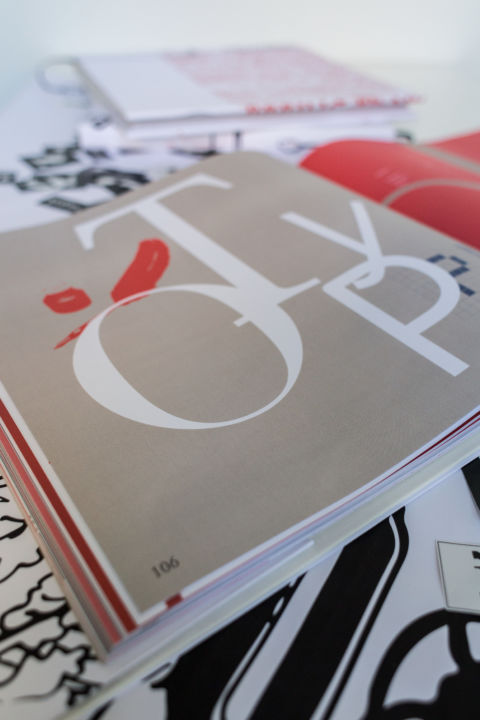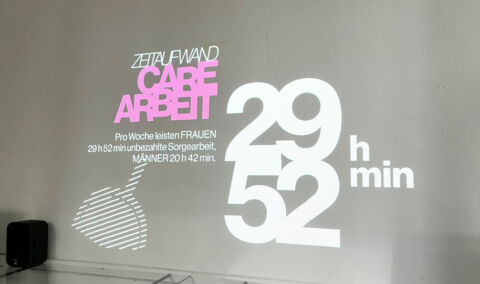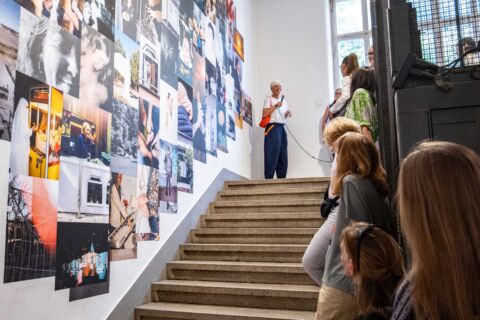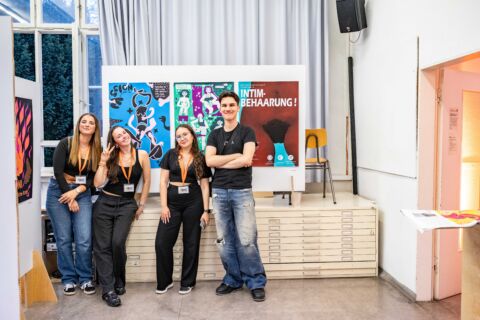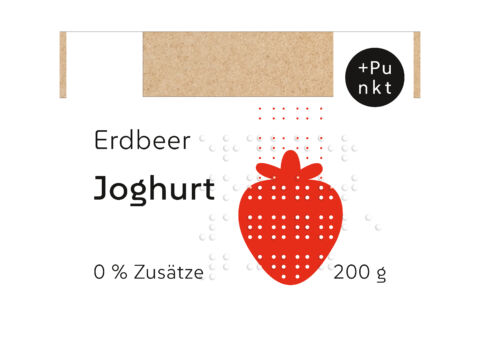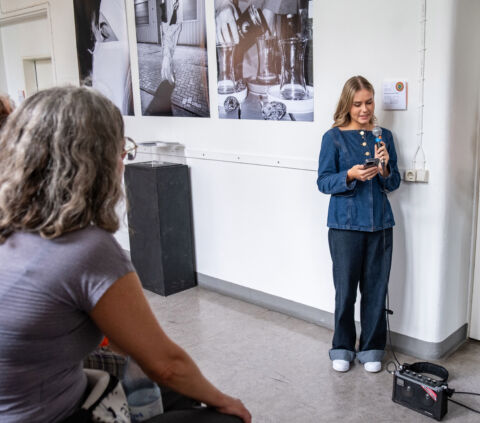To define questions, analyze complex issues and translate them into visual communication with the help of artistic and creative means - that is the objective in this field of study.
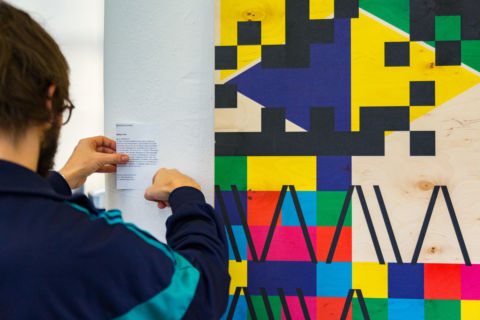
To define questions, analyze complex issues and translate them into visual communication with the help of artistic and creative means - that is the objective in this field of study.

Visual Communication does not mean to enhance a given work by way of embellishing images.
Instead, it is about providing an independent and self-reflected communication content through visual education and media competence. At its center is the cultural, social, economic, technological, political conception in combination with the formation of communication that captures the eye.
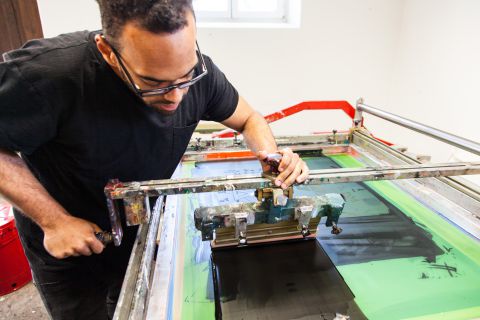
Typography, illustration and photography are the three fundamental visual languages. These are supplemented by spatial presentations of information (display and exhibition design), online and offline design, for instance in screen design or in the area of moving images media (animation, title design). In addition, design history and theory are important foundations that provide students with a great awareness for design decisions.


The techniques of representation/illustration refer essentially to three fields: Inform, interpret, decorate. All visual signs, i.e. paintings, drawings, statistical representations, photos, icons, fonts, etc. may fulfil an illustrative function, if they are part of a content concept.
Photography, the independent creation of images and image concepts as well as the reflected handling of photographs of all genres and their placement in the context of visual communication, also belong to the basic vocabulary of a designer.
